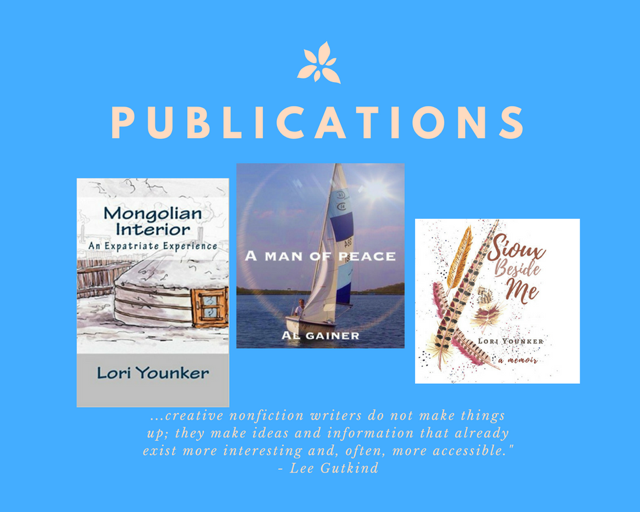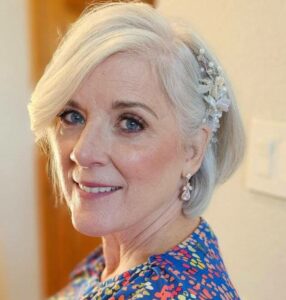Sometimes we believe that we have to show off how smart we are or show what great writers we are by using long sentences. Short ones can do the same. This is especially true if you choose your words carefully.
giving a life jacket to a drowning victim.
Recently, I read Andrew Revkin’s essay entitled “My Climate Change” with the purpose of studying the effective control of sentences. To signal upcoming paragraphs that describe the context for the development of the concept of “climate change” in the world of science and journalism, he wrote:
“It was a heady time.”
–Issue 58, Winter 2016, Creative Nonfiction
This 5-word sentence is loaded with meaning and is followed by detailed examples. Revkin unpacks the word “heady” and walks the fine line between heady meaning intellectual and heady meaning attention that produces pride.
That gray area, where two strong meanings come from a single word, can tantalize the reader and hook them into your writing. The reader has an intellectual desire to figure out which meaning you are suggesting and is delighted to discover that you mean both!
Idioms are particularly useful if used carefully. When you find one that serves a dual purpose, it will give you quite a thrill.
Back to Writing Tips
Continue Module 4, Crafting, Sentence Variety



